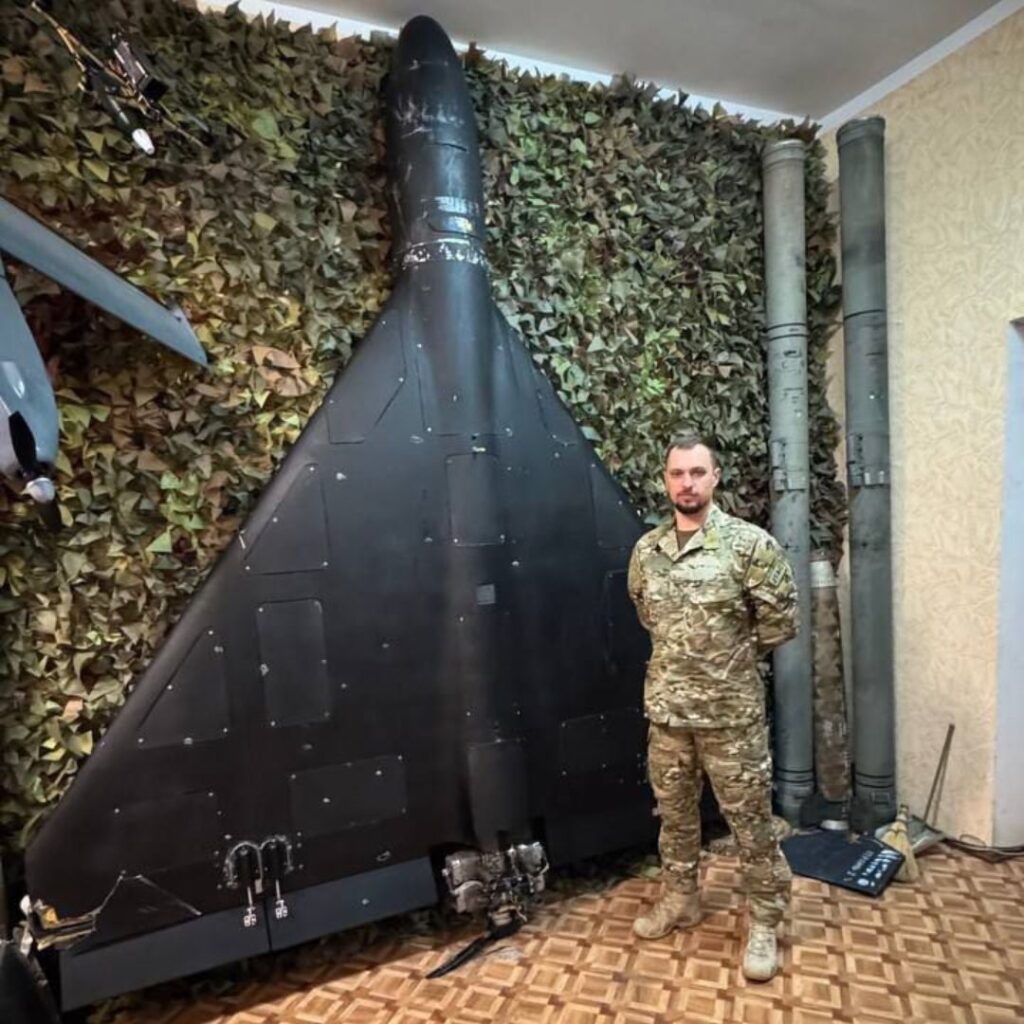Russia’s drones now target civilians with napalm firebombs that burn through sand and cannot be extinguished

Russian Shaheds now carry napalm and break through Ukrainian electronic warfare systems. Moscow continues to upgrade its Shahed attack drones, enhancing their warheads, engines, and protection, says Serhii “Flash” Beskrestnov, a military expert, in an interview with Radio Free Europe/Radio Liberty.
“Recently, we discovered a fluid in a Shahed’s warhead that resembled napalm. It not only spreads but keeps burning even in sand. This is terrorism, when drones attack residential areas with incendiary mixtures that cannot be extinguished,” explains Beskrestnov.
According to him, such weapons are absolutely inappropriate for warfare in large cities. Russia is also using at least 4–5 different types of warheads on Shahed drones, expanding their operational roles, from striking industrial targets to deliberate terror against civilians.
Flash reports that Russian engineers have upgraded Shahed engines, allowing them to reach speeds of up to 220 km/h in favorable weather conditions. However, the expert notes that this speed increase is not a decisive advantage: “Globally, whether it’s 180 or 200 km/h. It doesn’t change much.”
The most serious threat now comes from the improved Shahed defense systems against Ukrainian electronic warfare.
“We are increasingly seeing the same target being hit repeatedly. This indicates electronic warfare’s failure to disrupt navigation,” says Beskrestnov.
According to him, Chinese reinforced antennas have been found among the drone wreckage, successfully breaking through Ukrainian electronic warfare defenses.
“Our electronic warfare systems simply aren’t designed to handle such a number of elements. That’s why urgent modernization is needed,” the expert emphasizes.
Beskrestnov separately emphasized that electronic warfare systems do not physically destroy drones but only help protect targets and give air defense systems time to strike them.